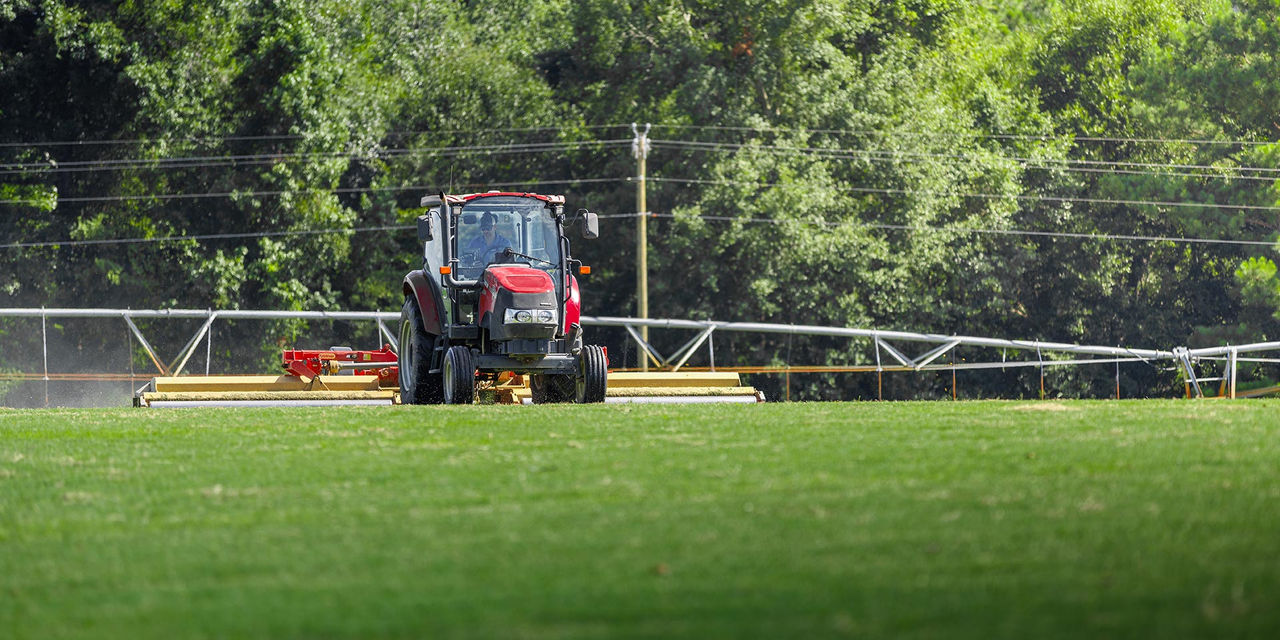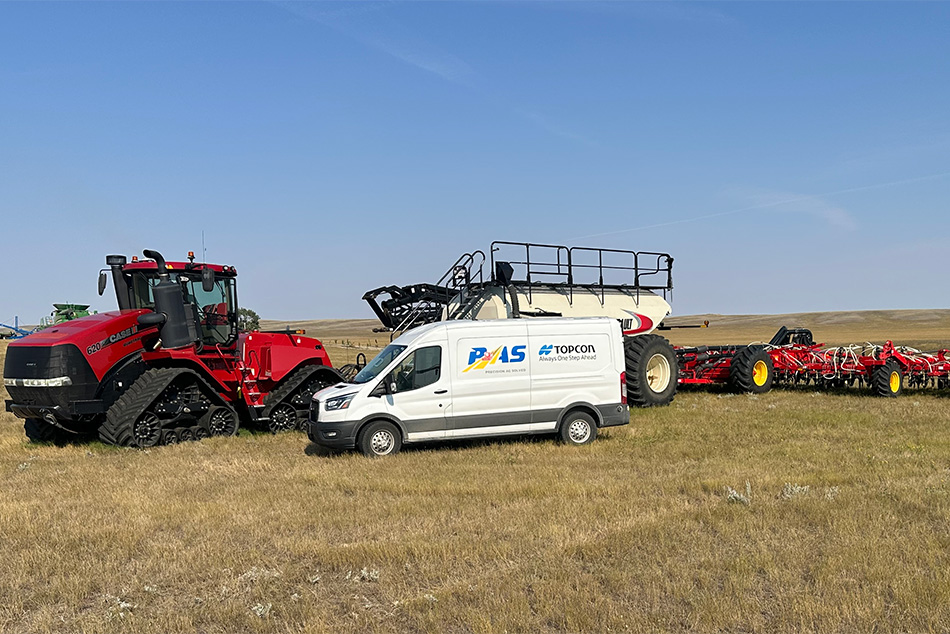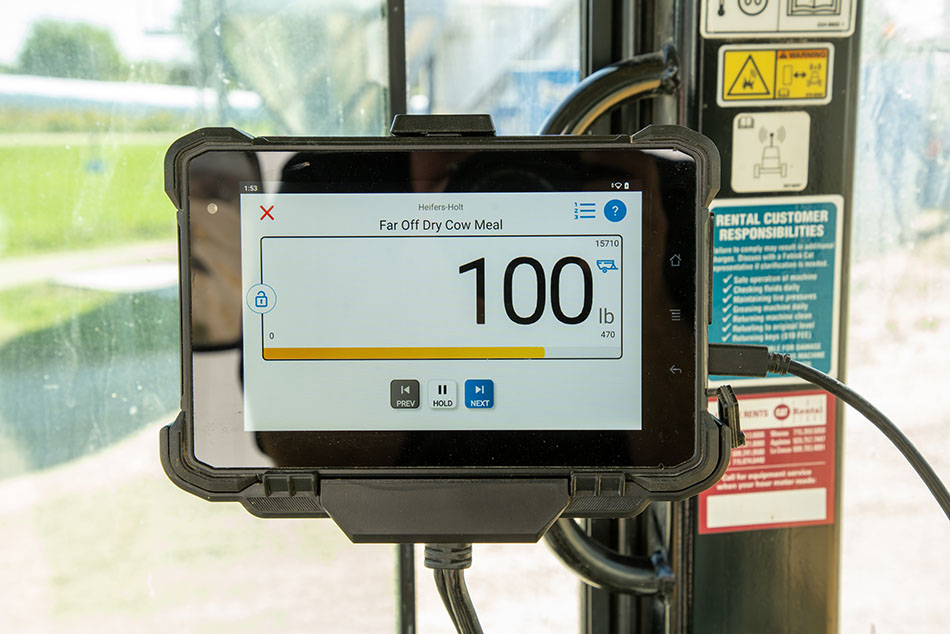These are prominent barriers to precision ag adoption for a segment of farmers in North America, and even more so for developing operations around the world. But industry stakeholders see opportunities to overcome adoption obstacles — especially on small and mid-sized farms — with simplified, scalable solutions.
“Early adopters tended to be larger farms or those in a position to purchase new equipment because that was their entry point,” said Curt Blades, senior vice president of the Association of Equipment Manufacturers (AEM). “What we are quickly finding is a democratization of technology. What started out as a luxury for those early adopters, is now a necessity for everyone.”
Autosteer is a prime example. One of the most proven and practical precision ag tools, the decade’s old technology is a foundational building block for machine learning and advanced autonomy. A recent AEM report estimates autosteer adoption at near 80% in parts of North America. However, cost and availability continue to limit autosteer adoption among small to medium-acreage farmers running mid-sized tractors.
To help bridge the precision gap, Topcon Agriculture launched its new Value Line Steering solution in October 2024. The system offers a streamlined, reliable entry point for automated steering.
“Autosteer is a competitive market,” says Antonio Marzia, executive vice president and general manager of Topcon Agriculture. “To think more democratic and value-driven, requires a change in design. Scaling down doesn’t meet demand. We need to consider the needs of the farmer — and be simpler.”





















